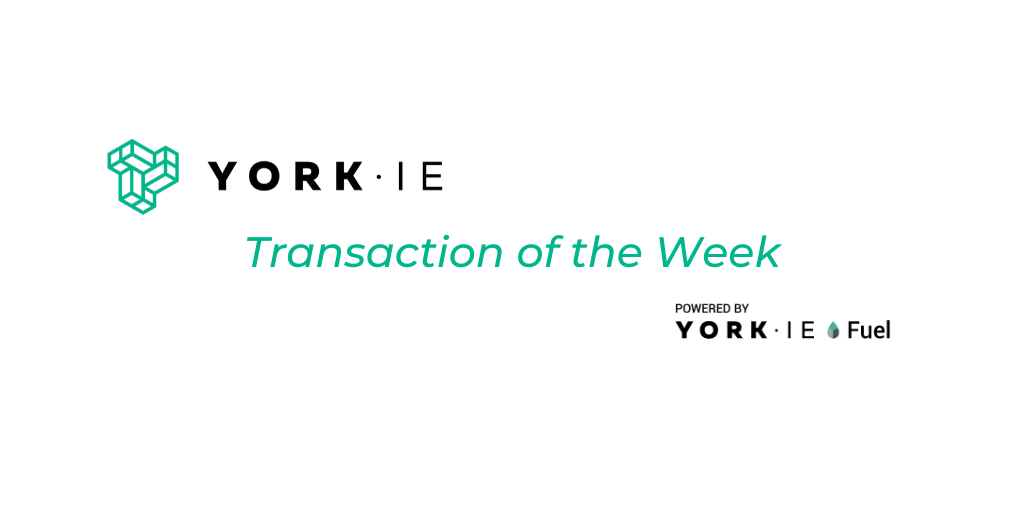Ecommerce SaaS and the growing online payments market enabled internet retailers to adapt to changing shopping habits during the pandemic.
Since the 1990s, most forms of commerce have shifted online. Notably among them is retail, where U.S. ecommerce sales have grown from $5.5 billion in Q1 of 2000 to $215 billion in Q1 of 2021 — around 13.5% of all retail sales. According to a report by the U.S. Bureau of Commerce, ecommerce as a percentage of total retail sales has increased steadily since 2012, but this number spiked significantly after the first quarter of 2020, when the COVID-19 pandemic began. Yet, even before lockdowns began and physical stores closed, an industry was growing that would enable the sudden but overall smooth shift to ecommerce: the online payment facilitator market.
The History of Ecommerce
Rooted in the advent of electronic fund transfers in the late 1800s, the ability to complete a transaction without physical currency is completely normal these days. Credit, the idea of making a purchase without paying right away, is a very old idea, but it expanded beyond unique tabs with individual businesses in the mid-20th century. Consumers started purchasing all sorts of goods with cards, and they could do so almost anywhere (see the history of Diners Club).
Core to this revolution was authorization and completion — the eventual, actual exchange of money. When a consumer makes a purchase on credit, their information is sent to what is called an acquiring bank that acts on behalf of the business. The acquiring bank checks the information with the cardholder’s issuing bank to make sure the cardholder meets certain standards, such as having available credit. Assuming that goes well, the issuing bank provides funds to the acquiring bank, which then sends that money to the merchant or business owner. It is then up to the consumer to pay back those funds to the issuing bank. In essence, although the modern credit system adds a lot of complexity to basic transactions, the consumer will still, in a roundabout way, pay cash.
For ecommerce to take hold, the processes enabling brick-and-mortar stores to use modern credit cards had to transfer online. At an actual store, the consumer swipes, inserts, or taps their credit card (or phone) to a terminal to transfer the credit card’s data. This data is sent to the acquiring bank through a card association network, such as VisaNet or Banknet, for authentication. Online, the same process has to happen. However, there is no terminal for customers to insert their card, nor a direct connection to a card network. To solve this problem, multiple ecommerce SaaS solutions enabling online payment facilitation were created.
Stripe and the Online Payments Market
A popular example is Stripe, which gives online retailers the ability to create a payment gateway — the online equivalent of a credit card terminal. It securely sends credit card information to the acquiring bank, and thus through the card network to issuing banks for approval, making the payment process fully executable online. The SaaS component is so beneficial because it gives every business the ability to integrate ecommerce into their website without managing the real infrastructure of online payments. Without easily deployable online payments infrastructure in place, ecommerce would not have been able to grow at the rate it did during the pandemic.
Although Stripe has become well known today, the company has been grinding out its online payment facilitator solution since 2009. In the first 5 years, it grew to a more than $1 billion valuation, and in the next five to a $36 billion valuation. After the pandemic hit and Stripe received a $600 million funding round, its valuation skyrocketed to $95 billion. In total, Stripe has raised more than $2.2 billion, according to the York IE Fuel platform.
The Ecommerce SaaS Convergence
As ecommerce grew, so did the opportunity for the payment facilitator market, and SaaS helped speed up the process. However, it took years of innovation and risk from founders — and investors — to build the ecommerce SaaS technology needed to respond so quickly to an environmental shock such as the pandemic.
The Stripe example shows the value of SaaS in enabling industries to grow out of new markets. Discovering these long-term trends and their supporting businesses is easier said than done, but that is the goal of every early-stage investor.



